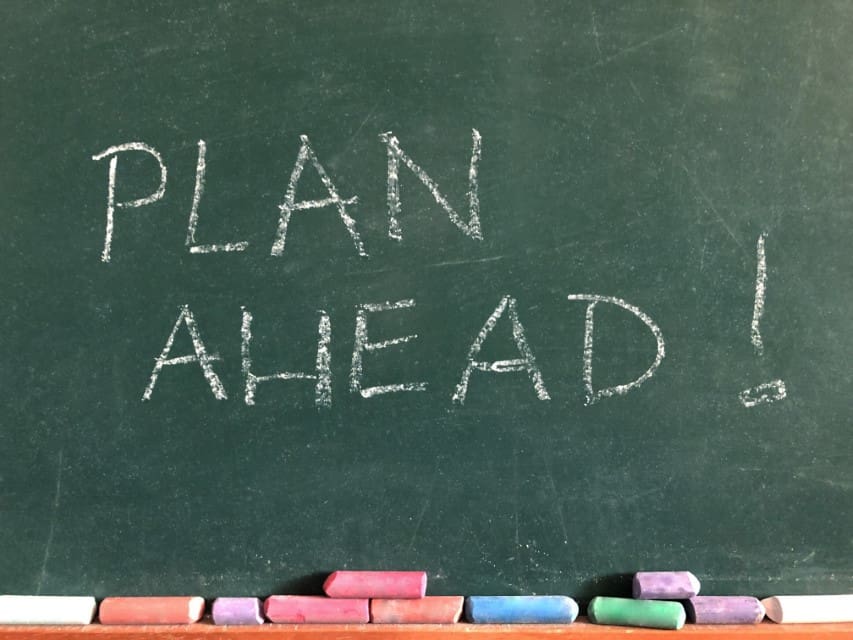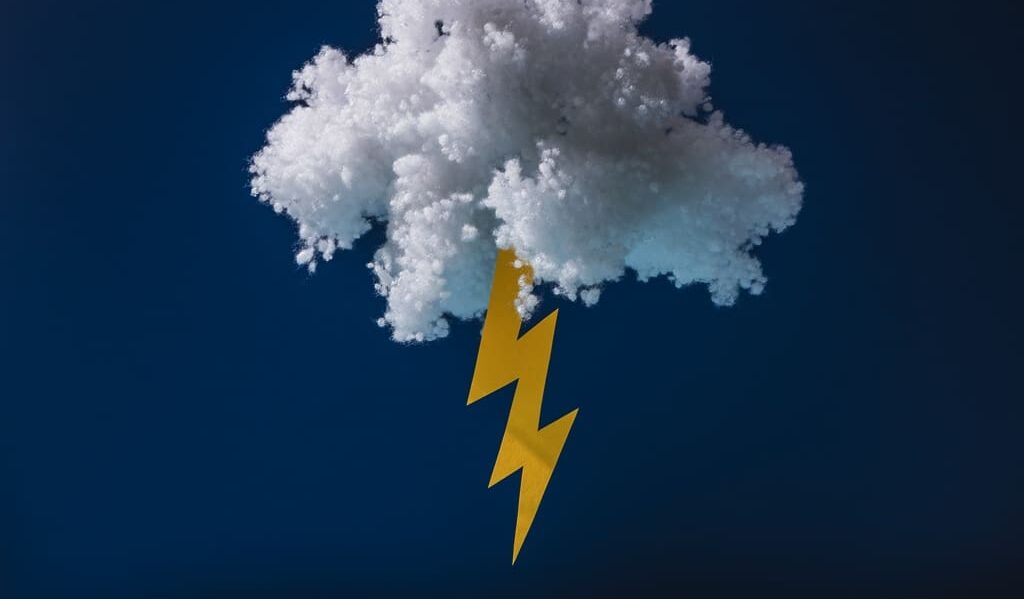Are you ready for the unexpected? Emergencies like power outages or natural disasters can strike without warning. Having a well-prepared home emergency kit is not just a precaution but a lifeline during challenging times. By understanding what to include and how to organize your supplies, you can ensure you and your family are ready for any situation that may arise.
Why Emergency Kits Are Essential
The importance of emergency kits cannot be overstated. These kits are designed to provide you with crucial supplies and tools to sustain yourself and your family when regular services are disrupted. From ensuring you have access to clean water and non-perishable food to having first aid supplies and communication devices, these kits are vital for both short-term survival and long-term resilience.
Types of Emergency Kits

Depending on the type of emergency or disaster you may face, different types of emergency kits are available. A power outage kit typically includes essentials like flashlights, batteries, and backup power sources. On the other hand, a comprehensive disaster kit may also feature emergency blankets, a portable radio, a multi-tool, and sanitation supplies. Understanding the specific risks in your area will help you customize the right kit for your needs.
Building Your Home Emergency Kit
Building your home emergency kit begins with creating a detailed list of necessary items. Consider factors such as the number of people in your household, any medical conditions that require specific supplies, and the duration for which you need to be self-sufficient. Remember to include items like water bottles, canned food with a long shelf life, a first aid kit, medications, a flashlight with extra batteries, a whistle for signaling, and copies of important documents like identification and insurance papers.
Safety Tips

In addition to having a well-stocked emergency kit, it’s essential to stay informed and practice safety measures. Ensure your emergency kit is easily accessible to all family members and periodically check and refresh its contents. Educate everyone in your household about emergency procedures, such as how to safely shut off utilities and where to gather during an evacuation. Conduct practice drills to familiarize everyone with these protocols and stay updated with local emergency alerts and evacuation routes.
Preparedness is the key to effectively dealing with emergencies. By taking the time to create a customized home emergency kit, staying informed about potential risks, and practicing safety procedures, you can significantly improve your ability to handle unexpected situations. Being proactive today ensures a safer and more secure tomorrow for you and your loved ones.
#EmergencyKits #HomePreparedness #DisasterPreparedness
